Reconstructed images from detailed digital photographs and sonar data show the US F-1 submarine lying on the seabed a few kilometers off San Diego (Photo: Woods Hole Oceanographic).
Researchers have located the remains of two long-lost military assets in waters near San Diego: a U.S. submarine that sank in a training accident in 1917 and a U.S. Navy training plane that crashed nearby in 1950.
The USS F-1 submarine sank within seconds after being severely damaged in a collision with another US Navy submarine. Nineteen crew members drowned in the accident, and three were rescued by another submarine.
During an expedition to the area earlier this year, researchers from the Woods Hole Oceanographic Institution (WHOI) and the US Navy located and have been surveying the shipwreck since it sank.
Today, it lies on the seabed at a depth of more than 400 meters. This is too deep for divers, so the wreck was surveyed by operators on the manned unmanned underwater vehicle (HOV) Alvin and the autonomous underwater vehicle (AUV) Sentry, operated by WHOI's research vessel Atlantis.
“These two important oceanographic instruments work incredibly well together,” said Strickrott, director of the Alvin team at WHOI. “The combined power of these two instruments has yielded major results for deep-sea oceanographic research and exploration.”
The shipwreck
Bradley Krueger, a deep-water archaeologist with the US Naval History and Heritage Command (NHHC), was on board the Alvin for several dives and sketched out the 1917 sinking that killed many servicemen.
"The USS F-1 was conducting a 48-hour engineering and performance test while transiting from San Pedro to San Diego when the accident occurred," he said.
The Navy submarines USS F-2 and USS F-3 were conducting similar tests when all three entered the fog zone. USS F-3 collided with USS F-1, and after the collision, USS F-3 remained on scene to help rescue survivors from the water."
Restored image shows the ship's conning tower and damage to the hull that caused it to sink (Photo: Woods Hole Oceanographic Institution).
Strickrott said he had determined the preliminary location of the wreck from Navy records and the AUV Sentry was sent to survey it. It located the wreck on the first afternoon of the search.
The F-1 now lies on its starboard side with its bow pointing northwest, and subsequent explorations with the HOV Alvin found the submarine to be "remarkably intact" after more than 100 years underwater.
Today, the wreck is a war graveyard for the 19 crew members who died in the 1917 accident. WHOI and the Navy have agreed not to contact the wreck, "to protect its condition and respect the heritage it contains."
Bombers are in training
The expedition also surveyed the nearby wreckage of a US Navy Grumman TBF Avenger torpedo bomber, which crashed in the same area while being used as a training aircraft in 1950.
Strickrott explained that the bomber wreckage had been known to WHOI for many years and had been a target for technical and training dives aboard the Alvin, but the US Navy did not know the wreckage's location, so the site was surveyed to add information to the Navy's records.
The dives helped NHHC formally identify the aircraft and confirm that the crew on board survived the crash.
Strickrott added that he had always been curious about the number "13" printed on the engine cover of the sunken plane. The number is unlucky from a religious or superstitious point of view, but it was actually the squadron number that was training the plane at the time.
Source: https://dantri.com.vn/khoa-hoc/tim-thay-tau-ngam-my-mat-tich-hon-mot-the-ky-20250526235826071.htm


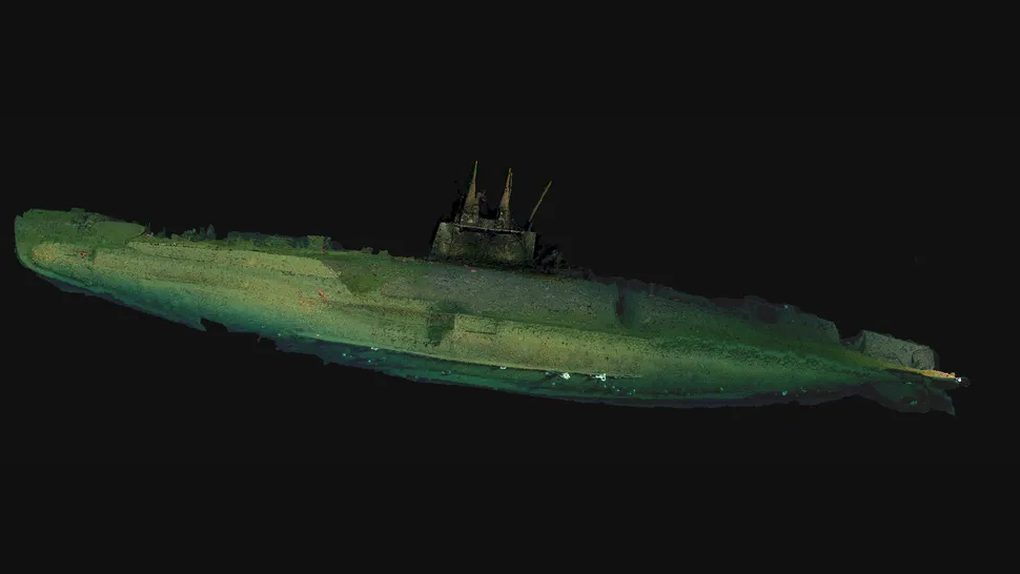
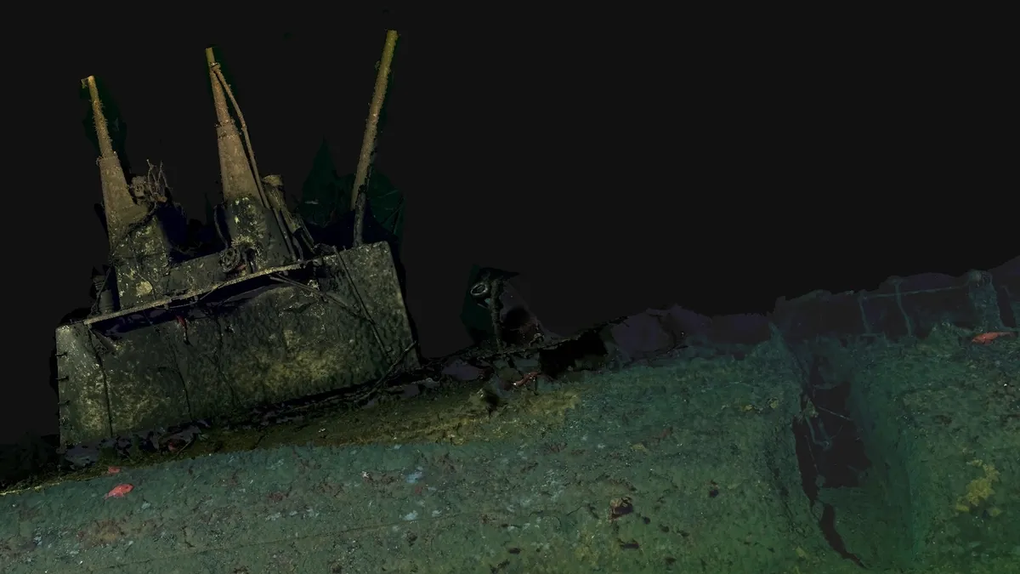

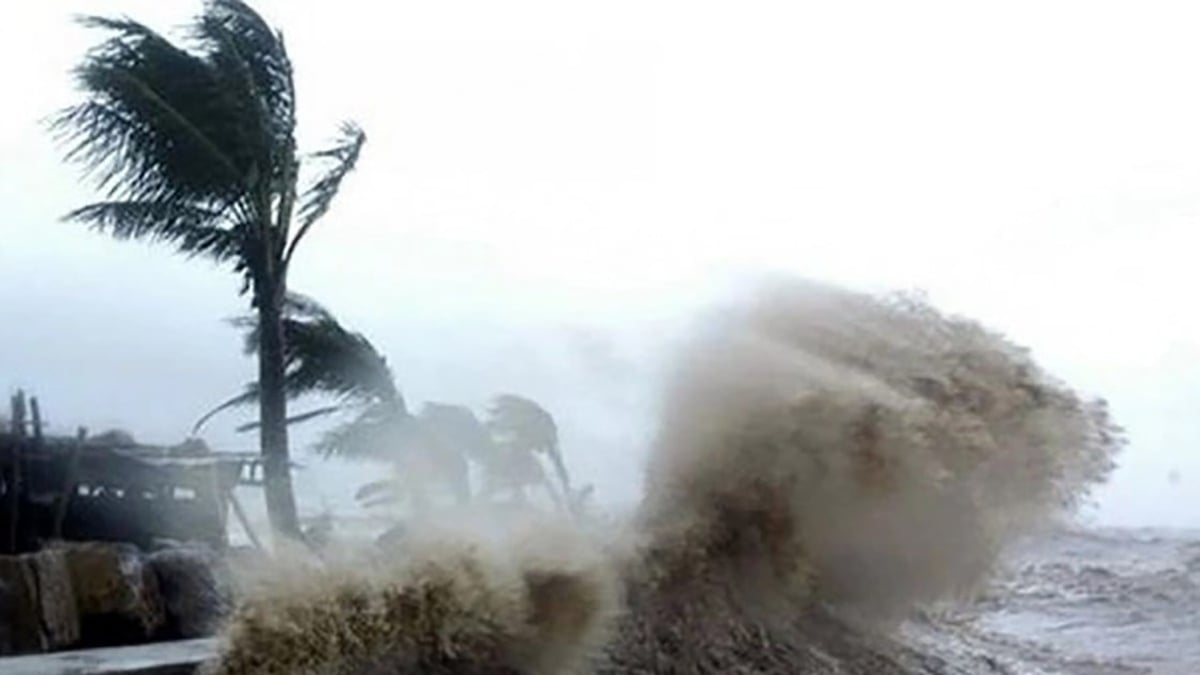





![[Video] More than 100 universities announce tuition fees for the 2025–2026 academic year](https://vphoto.vietnam.vn/thumb/1200x675/vietnam/resource/IMAGE/2025/7/18/7eacdc721552429494cf919b3a65b42e)































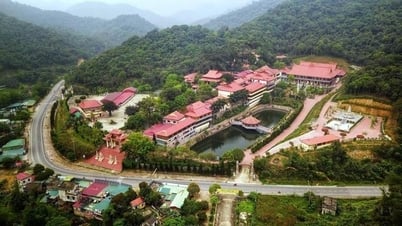






















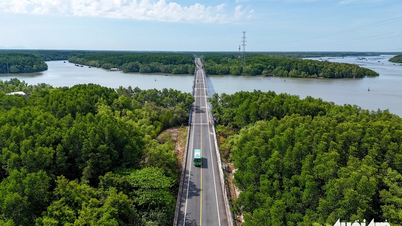




























![[Infographic] In 2025, 47 products will achieve national OCOP](https://vphoto.vietnam.vn/thumb/402x226/vietnam/resource/IMAGE/2025/7/16/5d672398b0744db3ab920e05db8e5b7d)





Comment (0)